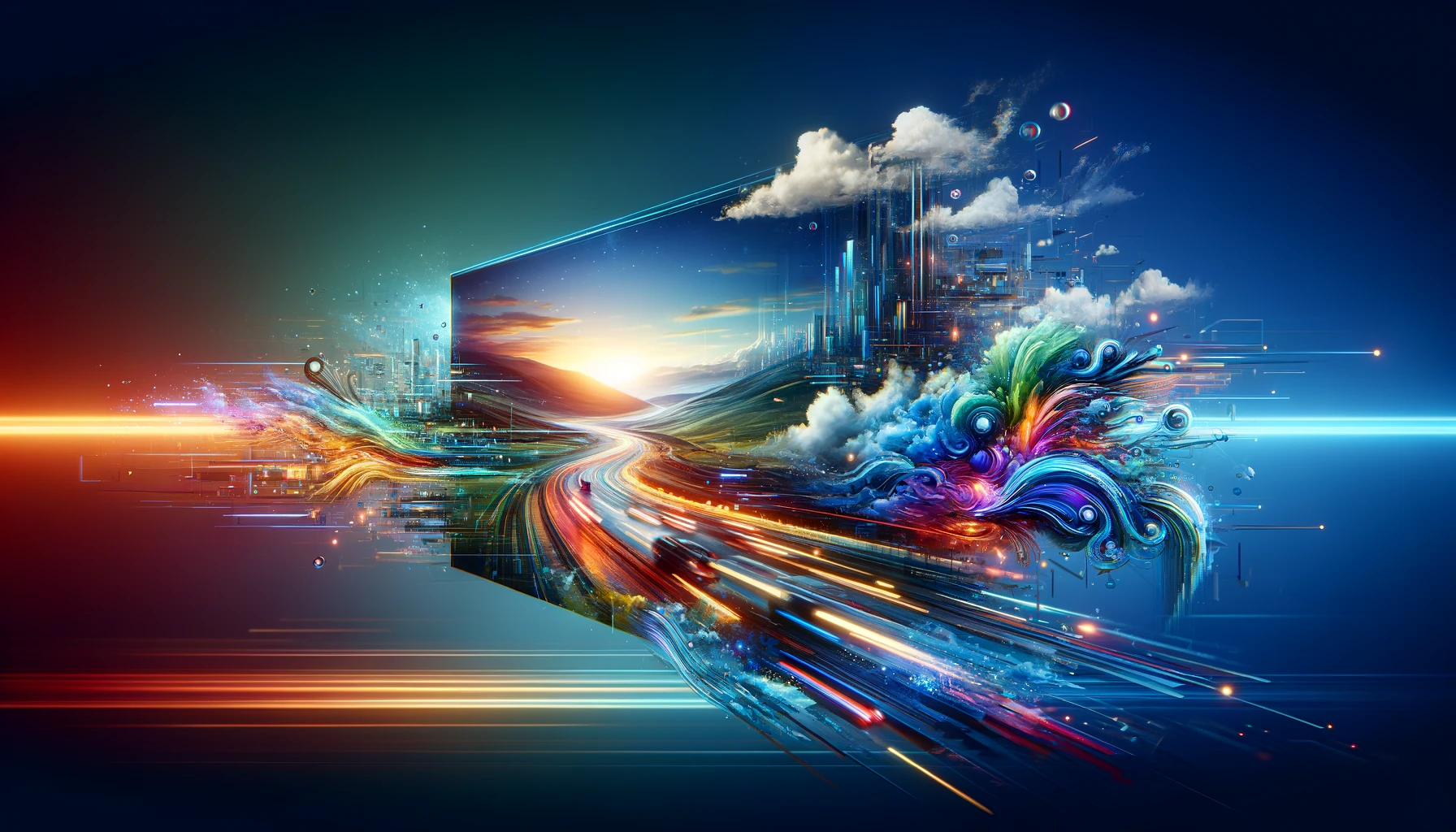Advances in artificial intelligence are making it possible to convert still images into short video clips. This emerging technology, known as image-to-video AI, uses deep learning models to generate realistic motion and animation from photos. In this blog, we’ll explore how this technology works, look at some of the top models being used, and consider the possibilities it creates.
How Image-to-Video AI Works
The basic premise behind image-to-video AI is teaching machine learning models to understand both spatial and temporal patterns. While traditional computer vision models can analyze the contents of a single image, image-to-video models can predict logical motion and scene dynamics that might follow from a static scene.
By studying large datasets of videos and image sequences, these AI models learn invariances and transitions between frames over time. They encode this motion information within latent space representations and use generative adversarial networks (GANs) and other deep neural networks to translate still images into videos by predicting probable inter-frame transitions.
Key Technical Aspects
Some of the key technical capabilities that enable image-to-video AI include:
- Scene decomposition – Identifying individual components of a scene and predicting how they interact.
- Motion modeling – Determining probable motions and transformations for objects based on datasets.
- Interpolation – Creating non-existent transitional frames that connect an input image to a predicted successor image.
- Foresight modeling – Predicting visual dynamics beyond just the next frame, enabling multi-frame video generation.
Top Models
A few noteworthy models pushing boundaries in this domain are:
- VideoGPT by AdelaiDet utilizes a transformer architecture pre-trained on large video corpora from social media platforms. It generates videos by recursively predicting multi-step futures from seed images.
- MIDI-Net by UC Berkeley leverages optical flow to produce time-consistent video predictions focused on people’s apparel transformations.
- XDC by Dartmouth uses cross-domain correspondences between image foregrounds and video backgrounds to generate novel video clips guided by input images.
The Possibilities
As these AI systems grow more advanced, image-to-video technology opens up many possibilities:
- Bringing art and photos to life with realistic motion.
- Boosting creative visual effects for advertising and media production.
- Producing automatic video highlights from sports still photos.
- Enabling new forms of visually dynamic and interactive stories.
We’re just beginning to explore all that’s possible, as advancements in deep learning continuously expand the video generation capabilities of AI. It’s an exciting domain that blurred lines between images and footage.
This emerging technology demonstrates how the spatiotemporal knowledge being encoded within modern AI models is quickly leading towards new forms of synthetic video content from little more than snapshots.
Read more articles in our Blog.

